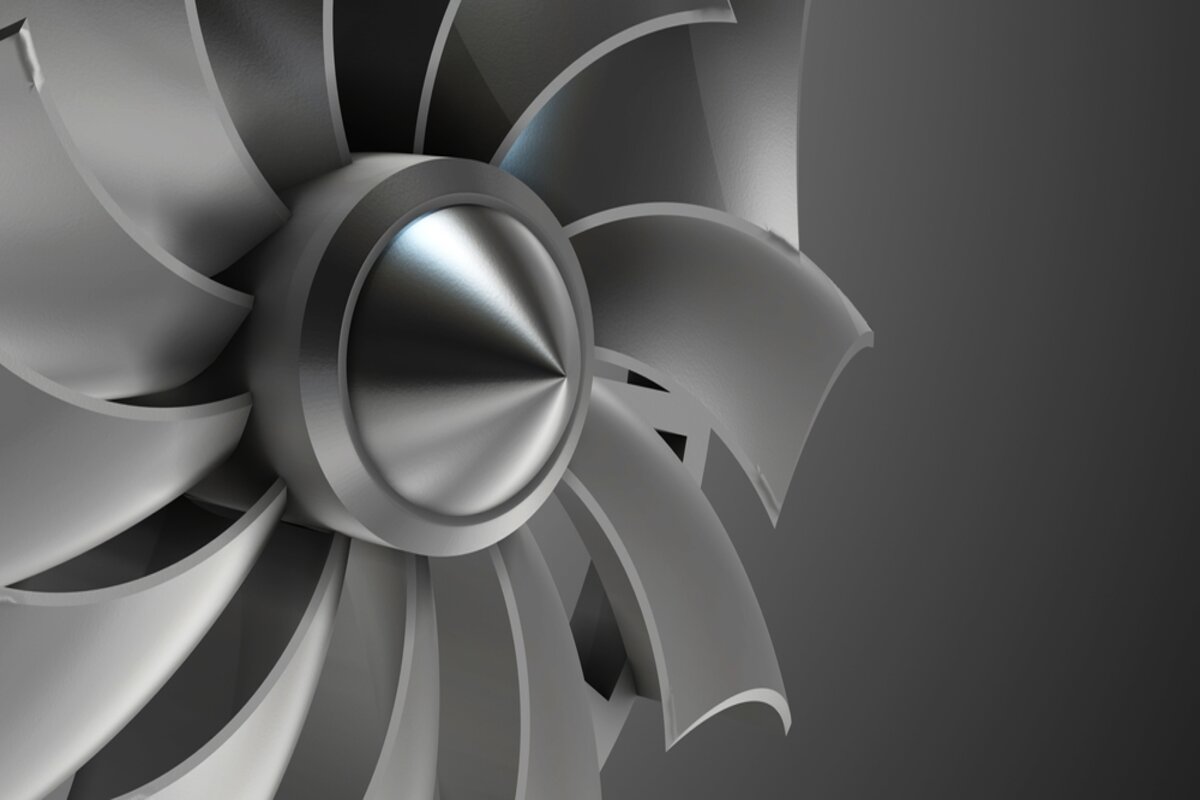Centrifugal fans are essential components in many industrial and commercial systems, providing critical airflow and ventilation. These rotary-bladed devices use centrifugal force to draw in air and expel it at high velocities, making them indispensable for a wide range of applications. However, the efficiency and performance of centrifugal fans are largely determined by the design of their blades. This article explores how blade design influences the efficiency of centrifugal fans, highlighting key factors that contribute to optimal performance.
Understanding Centrifugal Force and Its Role in Fan Design
The principle of centrifugal force is central to the operation of centrifugal fans. As air moves in a circular path within the fan, it experiences a force that pushes it outward from the center of rotation. This force, known as centrifugal force, enables the fan to move large volumes of air effectively. The magnitude of the centrifugal force depends on three main factors:
- Mass of the Air: More air requires greater centrifugal force.
- Radius of the Circular Path: A smaller radius increases the centrifugal force.
- Rotational Speed: Faster impeller rotation generates more centrifugal force.
By understanding these principles, fan designers can engineer blade configurations and impeller geometries to optimize centrifugal force and enhance overall fan efficiency.
The Three Primary Types of Centrifugal Fan Blades
Centrifugal fans can be categorized based on their impeller blade design, each offering unique performance characteristics suitable for different applications:
Forward Curved Blades
Also known as “squirrel cage” fans, these blades curve in the direction of the impeller’s rotation. This design efficiently transfers kinetic energy to the air, resulting in high airflow rates, making them ideal for applications like HVAC systems and electronics cooling. However, they are less efficient at higher pressures and have limited static pressure capabilities.
Backward Curved Blades
These blades curve away from the direction of rotation, providing better airflow control and higher efficiency, especially in applications requiring higher static pressure. They are commonly used in industrial processes and data centers but tend to be noisier and costlier than forward curved blades.
Radial Blades
Oriented perpendicularly to the direction of rotation, radial blades are simple, robust, and handle high resistance well. They are suitable for industrial applications involving dusty or contaminated air, although they can be noisier and less efficient than backward curved blades in some scenarios.
The Influence of Blade Curvature on Fan Performance
The curvature of centrifugal fan blades significantly impacts performance:
 Forward Curved Blades
Forward Curved Blades
Their curved profile effectively transfers kinetic energy, generating high airflow rates but also causing turbulence and resistance, which can reduce efficiency at higher pressures. They are better suited for low-pressure applications with high airflow demands.
Backward Curved Blades
Designed to minimize turbulence, these blades provide efficient airflow patterns and can handle higher static pressures. Their reduced turbulence and streamlined design enhance overall efficiency and lower noise levels compared to forward curved blades.
Radial Blades
Known for handling high resistance, radial blades generate high-pressure, high-velocity air output, making them ideal for applications with significant system resistance. However, they can be noisier and less efficient than backward curved blades in some uses.
The Influence of Blade Geometry on Fan Performance
Beyond curvature, blade geometry also impacts centrifugal fan efficiency:
Blade Thickness and Airfoil Design
Thinner blades with an airfoil-like shape, such as those in backward curved fans, are more aerodynamically efficient, converting kinetic energy into useful pressure and airflow while minimizing turbulence. Thicker, rectangular blades, like those in forward curved fans, are less efficient but more robust.
Blade Angle and Pitch
The blade angle and pitch can be adjusted to balance airflow and pressure generation. Adjusting these parameters optimizes the fan’s performance for specific application requirements.
Blade Count and Impeller Design
More blades can smooth airflow but increase the impeller’s weight and rotational inertia, potentially reducing efficiency. The impeller’s diameter and hub-to-tip ratio also affect performance, with larger diameters and optimized ratios improving efficiency and airflow capabilities.
Blade Count and Impeller Design
More blades can smooth airflow but increase the impeller’s weight and rotational inertia, potentially reducing efficiency. The impeller’s diameter and hub-to-tip ratio also affect performance, with larger diameters and optimized ratios improving efficiency and airflow capabilities.
Unlocking Centrifugal Fan Efficiency Through Blade Design
Blade design is a critical factor in centrifugal fan efficiency. By understanding the unique characteristics of different blade configurations, engineers and professionals can select the optimal fan for their applications. Advances in blade design, coupled with careful consideration of motor and housing design, will continue to drive improvements in fan performance, meeting the growing demand for energy-efficient air movement solutions. For more information on centrifugal fans, contact Lindberg Process Equipment today.





